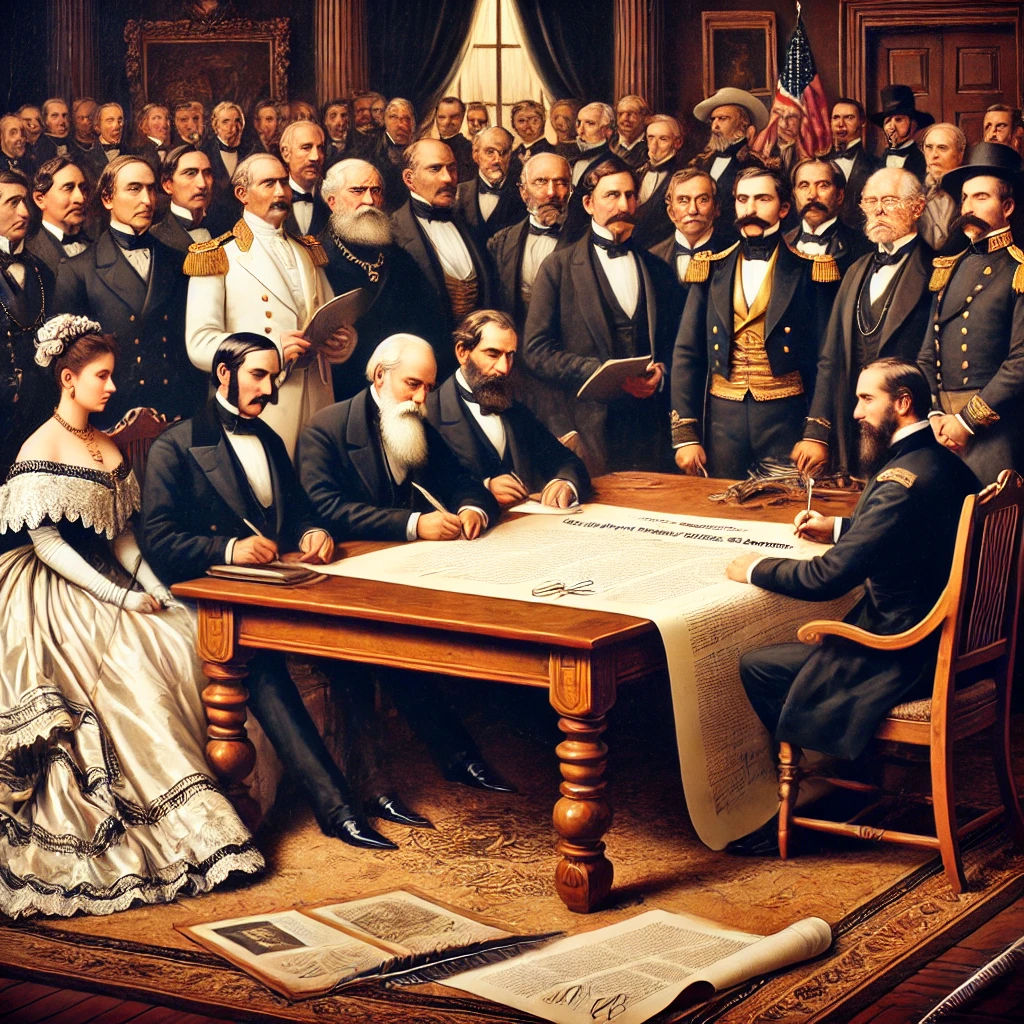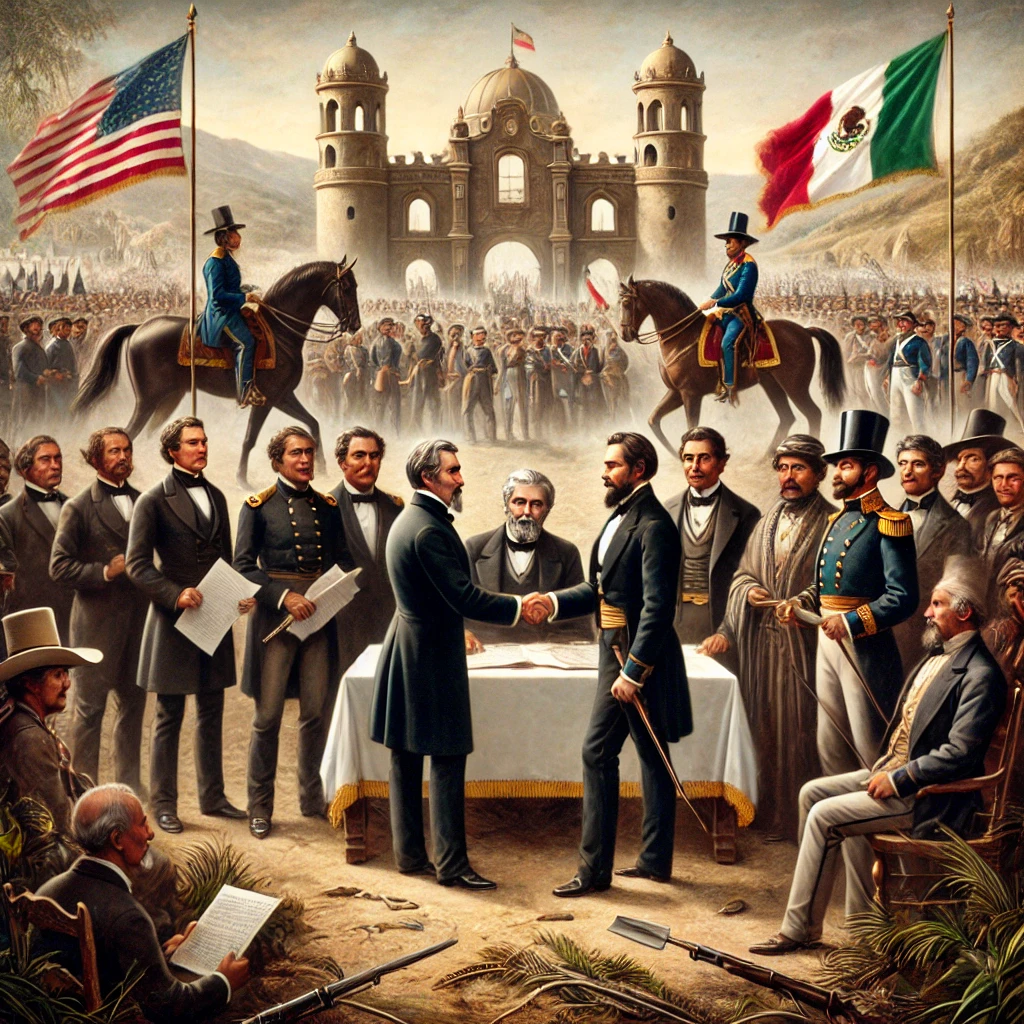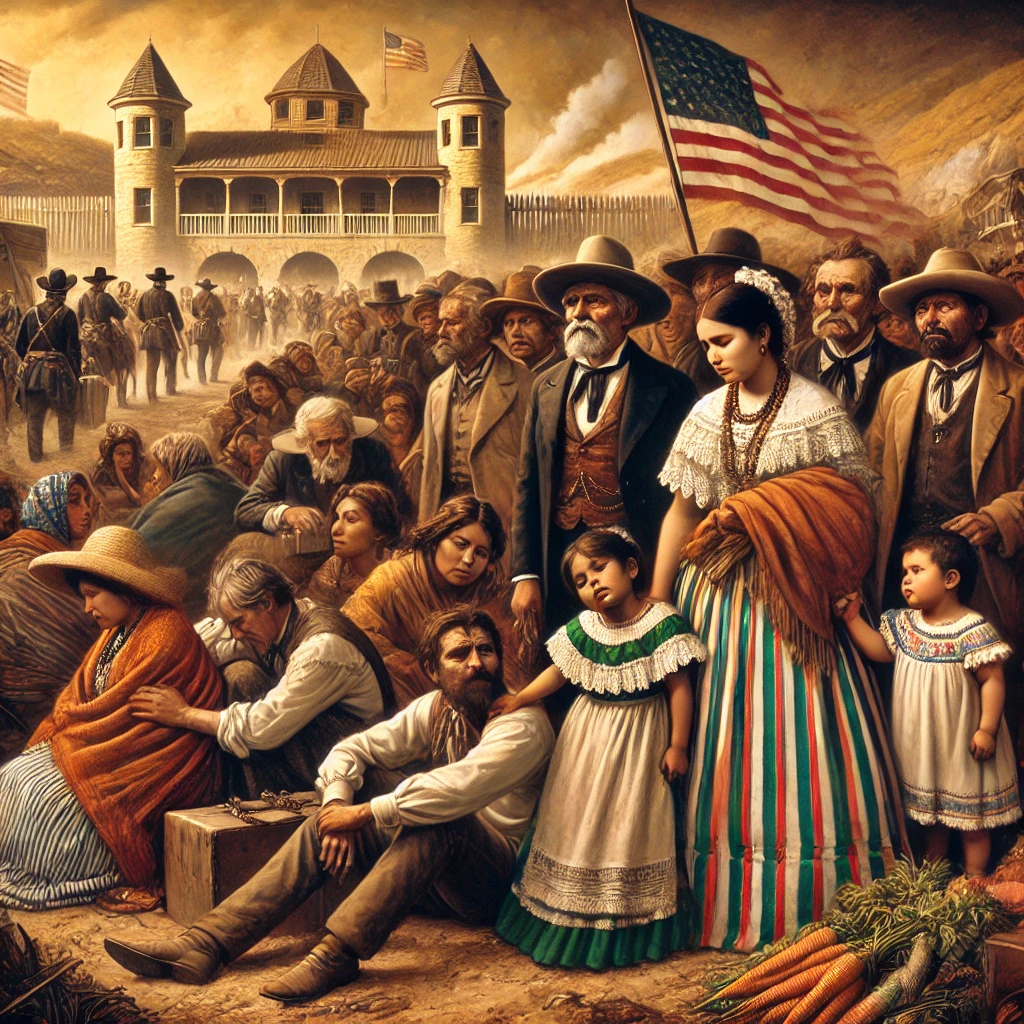A momentous event in diplomatic history occurred on February 2nd, 1848, as the Treaty of Guadalupe Hidalgo was signed, bringing an end to the Mexican-American War and shaping the borders of the United States. This treaty not only signified a pivotal moment in U.S.-Mexico relations but also had far-reaching consequences that continue to influence political, social, and economic developments in both nations today.

The Treaty and Its Terms
The Treaty of Guadalupe Hidalgo was negotiated in the aftermath of the Mexican-American War, a conflict that had begun in 1846 over territorial disputes and expansionist ambitions. Under the terms of the treaty, Mexico agreed to cede a vast portion of its northern territories to the United States, including present-day California, Arizona, New Mexico, Utah, Nevada, and parts of Colorado and Wyoming. In exchange, the U.S. paid Mexico $15 million and agreed to assume claims of American citizens against Mexico, totaling an additional $3.25 million. Furthermore, the treaty established the Rio Grande as the official boundary between Texas and Mexico.
The agreement not only resolved territorial conflicts but also set the stage for new disputes and negotiations. The rapid expansion of U.S. land holdings fueled tensions over the extension of slavery into newly acquired territories. This issue would become a significant factor in the lead-up to the American Civil War, as debates over the status of slavery intensified between Northern and Southern states.

The Significance of the Treaty
The signing of the treaty drastically altered the geopolitical landscape of North America. It marked the largest territorial acquisition by the United States since the Louisiana Purchase and played a key role in the concept of Manifest Destiny, the 19th-century belief that the U.S. was destined to expand across the continent. While the treaty brought an end to armed conflict, it also intensified debates over slavery, as newly acquired territories became focal points in the growing sectional tensions between free and slave states.
For Mexico, the treaty was a devastating loss that reshaped its national identity and economic future. The cession of nearly half of its territory left a lasting impact on the country’s political stability and economic development. Many Mexicans viewed the treaty as a humiliating imposition, leading to a period of internal strife and struggles for sovereignty. The long-term repercussions of this loss continue to influence Mexico’s historical narrative and national consciousness.
Lasting Impact and Modern Relevance

The legacy of the Treaty of Guadalupe Hidalgo continues to be felt today. The territories gained through the treaty have become some of the most populous and economically significant regions of the United States. However, the treaty also sowed seeds of lingering tensions between Mexico and the U.S., with border disputes and immigration issues persisting as major topics in contemporary relations. Moreover, the treaty promised to protect the rights and property of Mexican citizens in the newly acquired territories, yet many faced discrimination, land dispossession, and marginalization in the years that followed.
Ultimately, the Treaty of Guadalupe Hidalgo was a turning point that shaped the trajectory of both the United States and Mexico. While it facilitated American expansion, it also highlighted the complexities of territorial conquest and its long-term consequences. Today, understanding this treaty allows us to reflect on the historical forces that continue to shape diplomatic relations, cultural exchanges, and discussions surrounding borders and national identity in North America.
